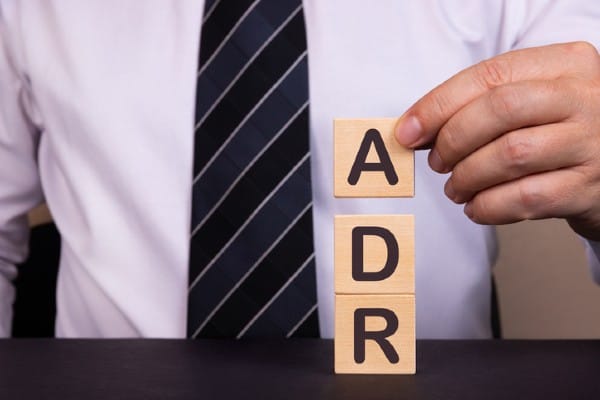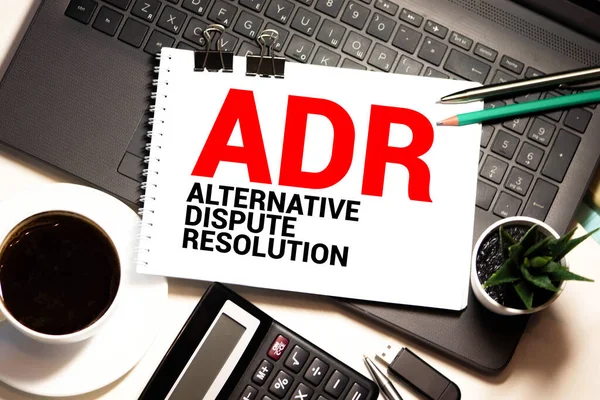
Alternative dispute resolution (ADR) is increasingly becoming a popular method for resolving disputes outside the courtroom. ADR refers to various techniques and processes that are used to resolve disputes without going to trial. These techniques and processes include negotiation, mediation, arbitration, and collaborative law.
Why is ADR Growing in Popularity?

There are several reasons why ADR is growing in popularity. One of the primary reasons is that it is a cost-effective method of resolving disputes. Litigation can be time-consuming and expensive, especially when legal fees and court costs are factored in. ADR can be a more affordable alternative to litigation, as it often requires less time and resources.
Another reason for the growing popularity of ADR is that it can be a less adversarial process. Litigation can be an emotionally draining experience for all parties involved. ADR can be a more collaborative and less confrontational process, which can help to preserve relationships between the parties.
There is also a growing recognition that ADR can be a more efficient and effective way of resolving disputes. The courts are often overburdened, and cases can take months or even years to be resolved. ADR can be a quicker and more streamlined process, allowing parties to resolve their disputes in a more timely manner.
The Different Types of ADR

There are several different types of ADR, each with its own unique benefits and drawbacks. The most common types of ADR include:
- Negotiation: The parties involved in the dispute work together to come to a mutually agreeable solution. This is often the simplest form of ADR and can be done without the assistance of a third party.
- Mediation: A neutral third party, the mediator, works with the parties to help them come to a mutually agreeable solution. The mediator does not make any decisions but instead helps the parties to communicate effectively and find common ground.
- Arbitration: A neutral third party, the arbitrator, listens to both sides of the dispute and makes a decision that is binding on both parties. This is often a quicker and less formal process than litigation, but the decision is final and cannot be appealed.
- Collaborative law: Each party is represented by their own attorney, and the attorneys work together to help the parties come to a mutually agreeable solution. This can be a more collaborative and less confrontational process than litigation.
The Future of ADR
The growing popularity of ADR is likely to continue in the future. As court systems become more overloaded, and legal fees continue to rise, ADR will become an increasingly attractive option for resolving disputes. Additionally, as people become more aware of the benefits of ADR, they are likely to seek out these services, further driving demand.
Overall, ADR is a valuable tool for resolving disputes outside the courtroom. Whether through negotiation, mediation, arbitration, or collaborative law, ADR can help parties to resolve their disputes in a more cost-effective, less adversarial, and more efficient manner.







